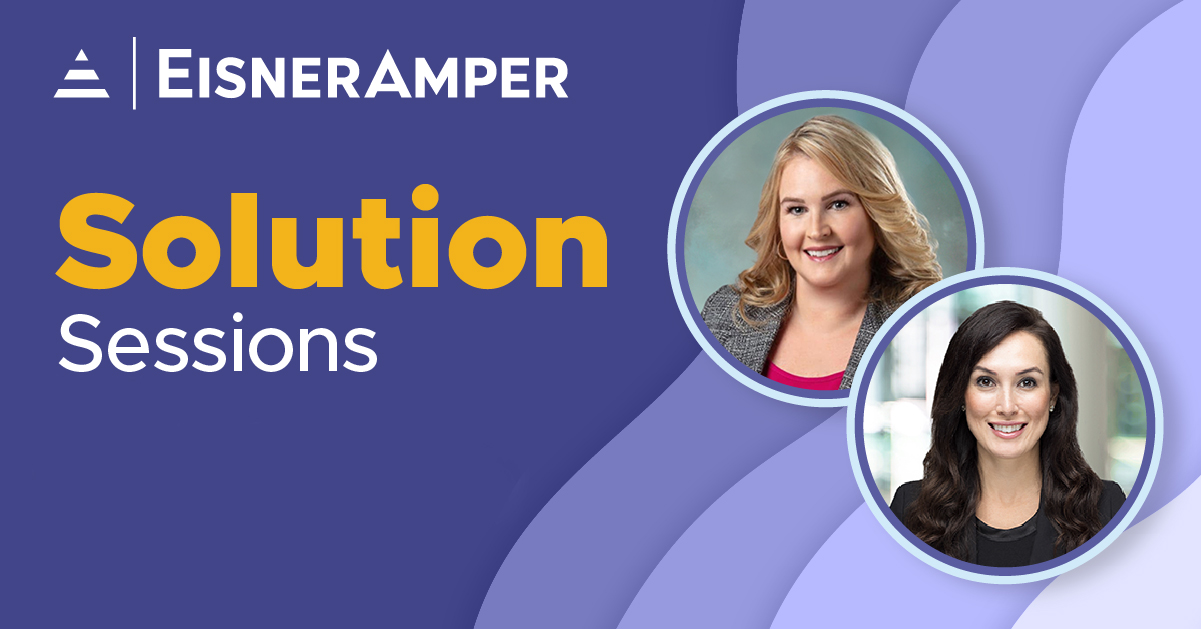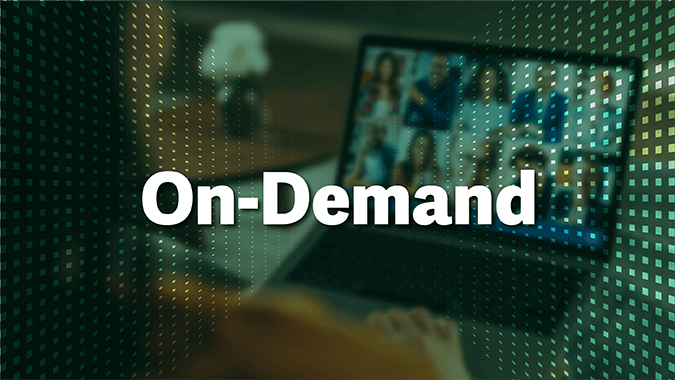
Thinking of Expanding Your Business to Include Government Contracts? SOC 2 Can Be a Smart Way to Get Ready.
- Published
- Mar 29, 2023
- Share
By Sean Linton
Government contracts can be a big opportunity for rapidly growing companies or established businesses looking to expand their products or services to a new market. Nearly every government contract carries stringent requirements for controls, security, data protection, and compliance with many federal agencies.
For many B2B or B2C business leaders, understanding this new complex world is a major challenge, and they may think it’s not worth it. Yet the government actively seeks out small businesses and middle-market companies to participate (both for political reasons and to diversify their supply chain). So, as an auditor and advisor to many companies with government agency clients, a common question I get asked is, “How do I get started?” In this article, I summarize the common frameworks and expand on SOC 2 – which can be a smart way to understand where your organization is today and how to position your business to play in this potentially lucrative market.
What Are Common Frameworks to Meet Government Contractor Cybersecurity Requirements?
First, there are many cybersecurity frameworks and standards. Most government contracts will indicate which one is required. A few common ones include:
- NIST 800-53 (U.S. National Institute of Standards and Technology) addresses cyber risks and is arguably the most stringent of the cybersecurity regulations listed here.
- SOC 2 enables organizations to obtain an audit report from a highly specialized CPA.
- ISO (International Standards Organization) frameworks, especially the ISO 27001, are international standards of security control certification.
- Cybersecurity Maturity Model Certification (CMMC) 2.0 is a framework created by the U.S. Department of Defense (DoD) to help secure the Defense Industrial Base (DIB).
- The Federal Risk and Management Program (FedRAMP) is a cybersecurity risk management program for the purchase and use of cloud products and services used by U.S. federal agencies.
Of All the Cybersecurity Frameworks, Why Is SOC 2 a Good Way to Test Your Market Opportunity?
A dose of truth here: All cybersecurity frameworks are an investment, both in time and cost. Some, like FedRAMP, may only be realistic for large companies due to the high cost of entry. The other frameworks listed above can be rigorous and thorough, and, unless your contract specifically asks for them may be cost-prohibitive.
What makes SOC 2 unique is that it can be a viable entry path for small and mid-sized businesses to explore a new market opportunity. As a framework, SOC 2 is very flexible and adaptable. It can be applied to ‘meet you where you are today’ in the life cycle of your business. Thus, it can be a great way to position your company to get in the game and bid for government contracts. In addition, this framework is in equally high demand within the government contracting sector as it is in other sectors, so you may get more mileage out of a SOC 2 than you would with any of the other common frameworks.
A good auditor will come into your environment and say, “Let’s see where your processes already align with the Trust Services Criteria of SOC 2.” From there, he or she will help you identify the gaps and provide recommendations on courses of action to shore up the gaps. And this all happens months before the audit begins. You may not need a mature control and security structure to obtain SOC 2. You may not even think of your business processes as controls. An experienced and specialized audit team can help you organize and get what you need in place to enter a SOC 2 program.
When Is the Right Time to Get Started?
As a business, you always want to set yourself apart from the competition and position your company to capture new market share. In the case of all security frameworks, including SOC 2, there is a significant lead time between identifying the need to undergo an audit and having an audit report in hand.
The best time to start is not when a customer requests your SOC 2, but rather six-to-12 months prior. And it is important to know this: There are intermediate steps that may help you reduce that lead time without fully investing in a SOC 2 audit. An experienced audit firm can help you understand the options and devise an intelligent implementation strategy that meets your business goals.
What's on Your Mind?
Start a conversation with Sean











